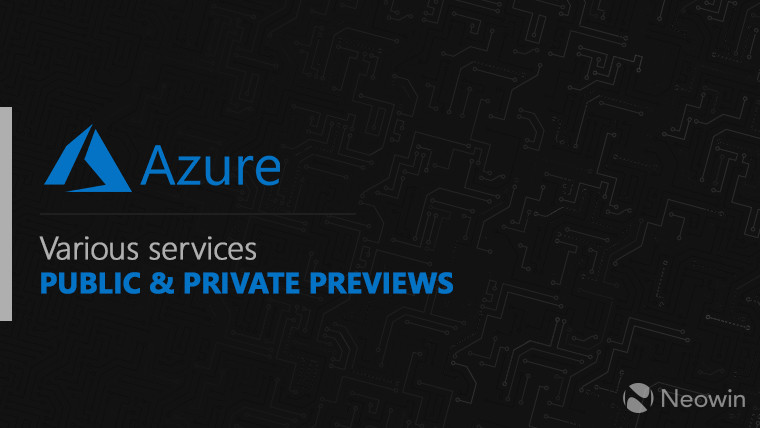
At its ongoing Ignite 2018 conference, Microsoft announced a series of enhancements to the Azure lineup, including Azure Data Box, Digital Twins, and more. Adding to the aforementioned ones, a series of other services have entered either private or public preview.
First in line is Azure VM Image Builder, which is available in private preview and in essence allows companies to migrate their image creation pipeline to Microsoft’s cloud – complete with specific customizations and OS licenses. You’ll be able to submit a template which describes not only the VM source image, but any custom features you might want, and where the bootable image should be distributed.
Continuing on the subject of virtualization, Hyper-V assignments in Azure Migrate are set to be available in “a few weeks”. These will enable companies to assess, plan, and eventually migrate Hyper-V workloads to Azure.
In terms of public previews, there’s Kubernetes on Azure Stack. In concert with the latter’s processing upgrades, you’ll now also be able to deploy Kubernetes clusters on Azure Stack via Resource Manager templates.
Also in a preview of the public nature is Azure Cost Management within Azure Portal. Even though this was available previously via Cloudyn – a Microsoft subsidiary -, it nevertheless required customers to opt-in. This newest iteration can be tried out by those with an Enterprise Agreement, offering real-time budgets and cost analysis.
Further extending Azure’s governance capabilities are three other public previews: Blueprints, Resource Graph, and Policy for DevOps.
The first is geared towards setting up governed subscriptions, complete with pre-configured resources, policies, user access controls, and management – all available free of charge. Also free of charge is Resource Graph, which unlocks the ability to gather insights on environment resources, thus leading to more efficient inventory management. The tool can be accessed either through Azure Portal, PowerShell, or CLI. Lastly, Policy for DevOps (formerly Visual Studio Team Services or VSTS) looks to ensure auditability of workloads via the power of the Azure cloud. This should translate into faster product shipping without compromising on compliance.
Yet another public preview of interest should be Azure Front Door Service, which is an app acceleration platform that Microsoft uses internally for things like Bing, Office 365, and Xbox. It allows for the rapid creation of microservice-based web apps, and it includes a number of tools for monitoring said apps.
Taking a turn towards the Internet of Things for a second, there’s also Azure Sphere, originally announced back in April as a private preview. This combination of hardware and software – powerful microcontroller units and a customized Linux-based Azure Sphere OS – is Microsoft’s answer to IoT security. According to its original announcement post, dev kits for Sphere were made available mid-2018, with devices taking advantage of it expected by the end of the year. Those interested can find out more about the public preview at the dedicated portal.
Last but not least, joining the new pair of GPU-optimized N-series Azure VMs are two new H-series VMs targeted at High-Performance Computing. The HB and HC are intended for large-scale workloads like fluid dynamics, weather forecasting, risk analysis, and other such use cases. These H-series VMs will be available in public preview later this year, though no date has been announced.
_small.jpg)















0 Comments - Add comment